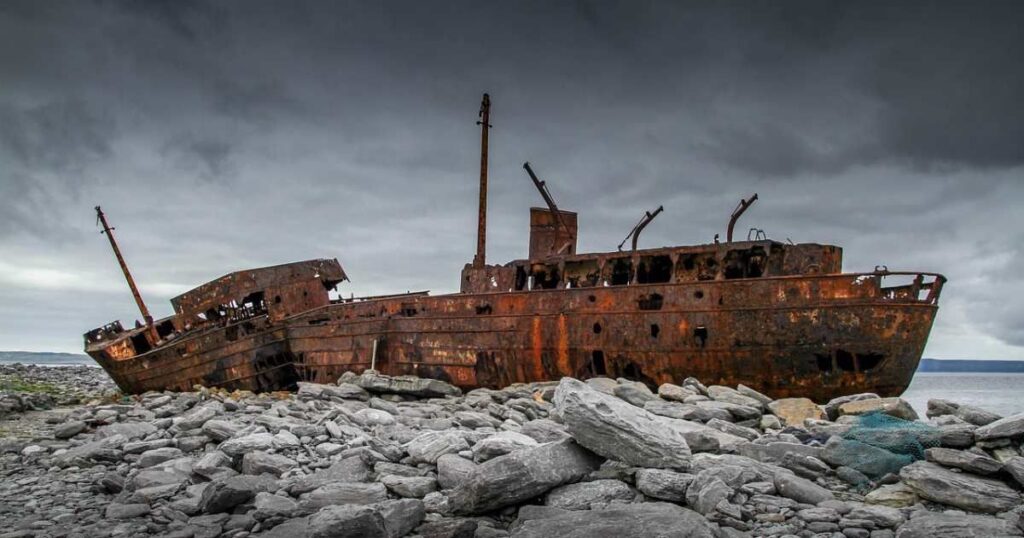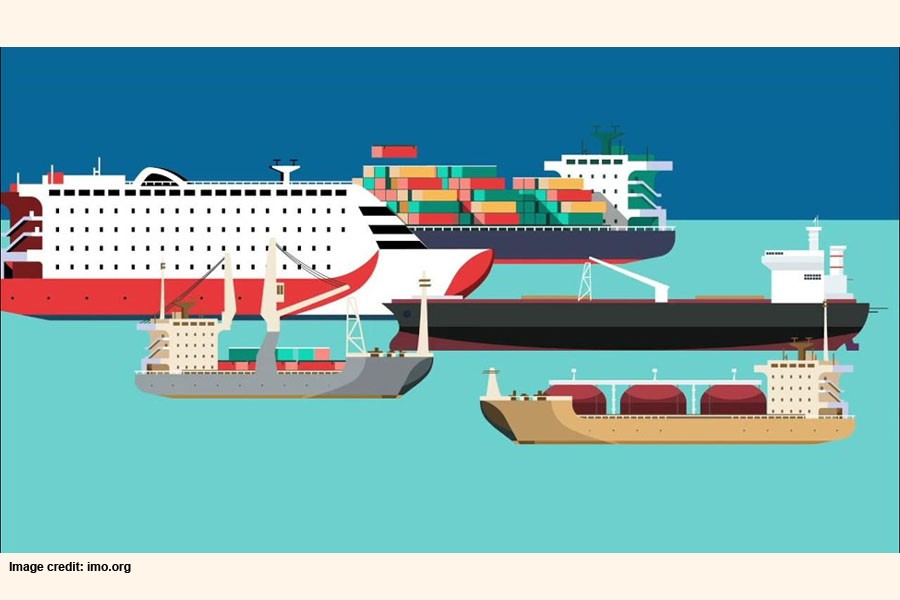search the site
Maritime History Rewritten After Discovering Ship Wreckage 30 Feet Under Sea, Experts Call It ‘Telephone Calls’ From the Past

Thirty feet beneath the cold, murky waters of the Baltic Sea, a groundbreaking discovery has rewritten maritime history. Researchers have unearthed the wreckage of the Gribshunden, a 15th-century Danish warship that belonged to King Hans of Denmark and Norway, as noted by Ancient Origins. This remarkably preserved vessel provided unparalleled insights into the cutting-edge naval technology of its time, revealing the state-of-the-art warfare capabilities that enabled European dominance in the late Middle Ages. Marine archaeologist Brendan Foley, a researcher at Lund University in Sweden, has led the excavation efforts since 2018. His team had only unraveled a small portion of the wreck, yet the findings proved to be revolutionary.
Zelensky Traitor Caught: Ukraine’s Anti-Terror Chief Sent Vital War Info to Putin
Foley revealed, “We’ve found things on this site that have no precedent archaeologically. Everything about it is fascinating.” The Gribshunden, built in 1485, was more than just a warship; it was King Hans’ floating fortress and administrative hub. The vessel was a combination of Mediterranean and Northern European shipbuilding techniques, making it one of the first artillery-equipped warships. It boasted 11 iron cannons, housed 150 people, and resembled the ships used by Vasco da Gama and Christopher Columbus, as reported by Newsweek. He noted, “It’s our best look at what those ships must have been like. It’s a well-preserved example of the enabling technologies that led to European domination of the planet after 1492.”
Knewz.com noted that the ship sank in 1495 under mysterious circumstances, likely due to a gunpowder explosion, while anchored off the coast of Sweden. Reportedly, King Hans had disembarked to attend a political summit, aiming to consolidate his rule over the Nordic region. Tragically, many onboard perished as the ship was engulfed in flames and submerged beneath the Baltic waters. Foley remarked, “The tankard must have been dropped by someone on board when the ship exploded.” What makes the Gribshunden exceptional is its extraordinary state of preservation. The low salinity of the sea has kept wood-eating shipworms at bay, allowing the artifacts in the ship to remain intact for over five centuries.
Among the remarkable discoveries are wooden crossbows, early firearms, and a purse filled with silver coins, offering a glimpse into that era’s landscape. One of the most surprising finds is the collection of exotic spices, including cloves, peppercorns, ginger, and saffron, sourced from as far away as Indonesia. Folly remarked, “This is perhaps the most thrilling haul of spices from a shipwreck because of its age, quality of the plant remains—exotic, expensive spices—and the remarkable state of preservation…Beyond shipwrecks, this is certainly among the most fabulous discoveries of spices in any archaeological context, on land or sea.”
Folley further continued, “Shipwrecks are like telephone calls—they’re packets of information,” Foley said. “And with the right technology and the right experts and insights, we can eavesdrop on these ancient telephone calls and reconstruct that conversation,” as reported by Phys.Org. The Gribshunden’s legacy extends beyond its military capabilities. It was a hub of economic, political, and cultural power.
source : knewz


















